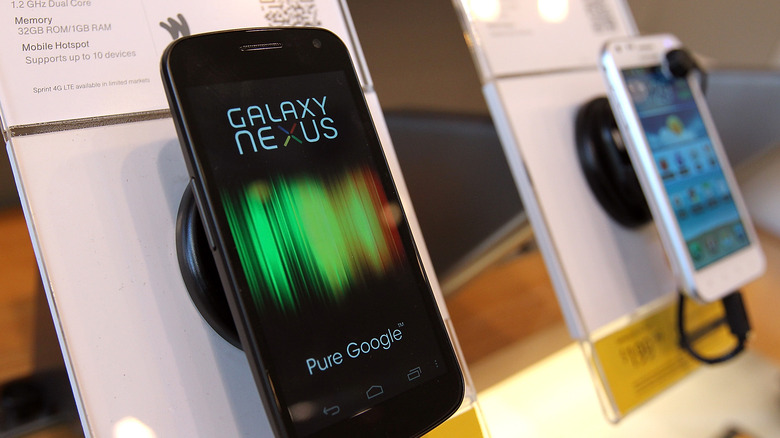OEM Vs. ODM Explained: Why The Two Terms For Tech Manufacturers Are So Confusing
If you've been following tech media long enough, an acronym that you've probably seen a lot is "OEM," short for original equipment manufacturer. Depending on the context, you might either see it used correctly, in strict obedience to its actual definition, or in a more colloquial way that isn't necessarily accurate. More formally, an OEM is a company that makes a product for another company that slaps its own brand on it.
In computers, the definition is expanded somewhat, often in confusing ways. Broadly speaking, in computing, the definition is often flipped from the original version, with "OEM" referring to the entity that bought, assembled, branded, and resold the devices. This is why you sometimes see major PC brands like Dell, Lenovo, or HP called "OEMs," even though they don't fit the traditional definition. "OEM software," meanwhile, refers to software preinstalled on a device by a computer company that would be deemed an "OEM" under that newer definition. That's confusing enough, but how does the related term "original design manufacturer" (ODM) fit in?
What's an original design manufacturer (ODM), and how is it different from an OEM?
Where OEMs make products according to the designs of a client brand, ODMs, or "original design manufacturers," provide their own design work. However, not everyone uses the term the same way. Some definitions mark the ODM as the holder of the intellectual property, but in the original definition, the ODM doesn't necessarily own the IP of the design. It could theoretically be part of the deal, but the company contracting the ODM could just as easily claim the IP as part of the contract.
It's difficult to find examples of products that were ODM'ed. Finding OEMs is easy enough, with the work that controversial company Foxconn has done for Apple, Amazon, Nintendo, and other companies being the obvious example. But even though Foxconn also offers ODM services, its hard to find specific citations for where it's done so. The most high-profile examples in recent memory concern major smartphone brands, like when Google contracted existing smartphone OEMs to make its Nexus line, but those instances are similarly murky. Finding out who made Nexus phones for Google (HTC, Samsung, LG, Motorola, and Huawei) is easy, but it's difficult to pinpoint exactly who designed what.

